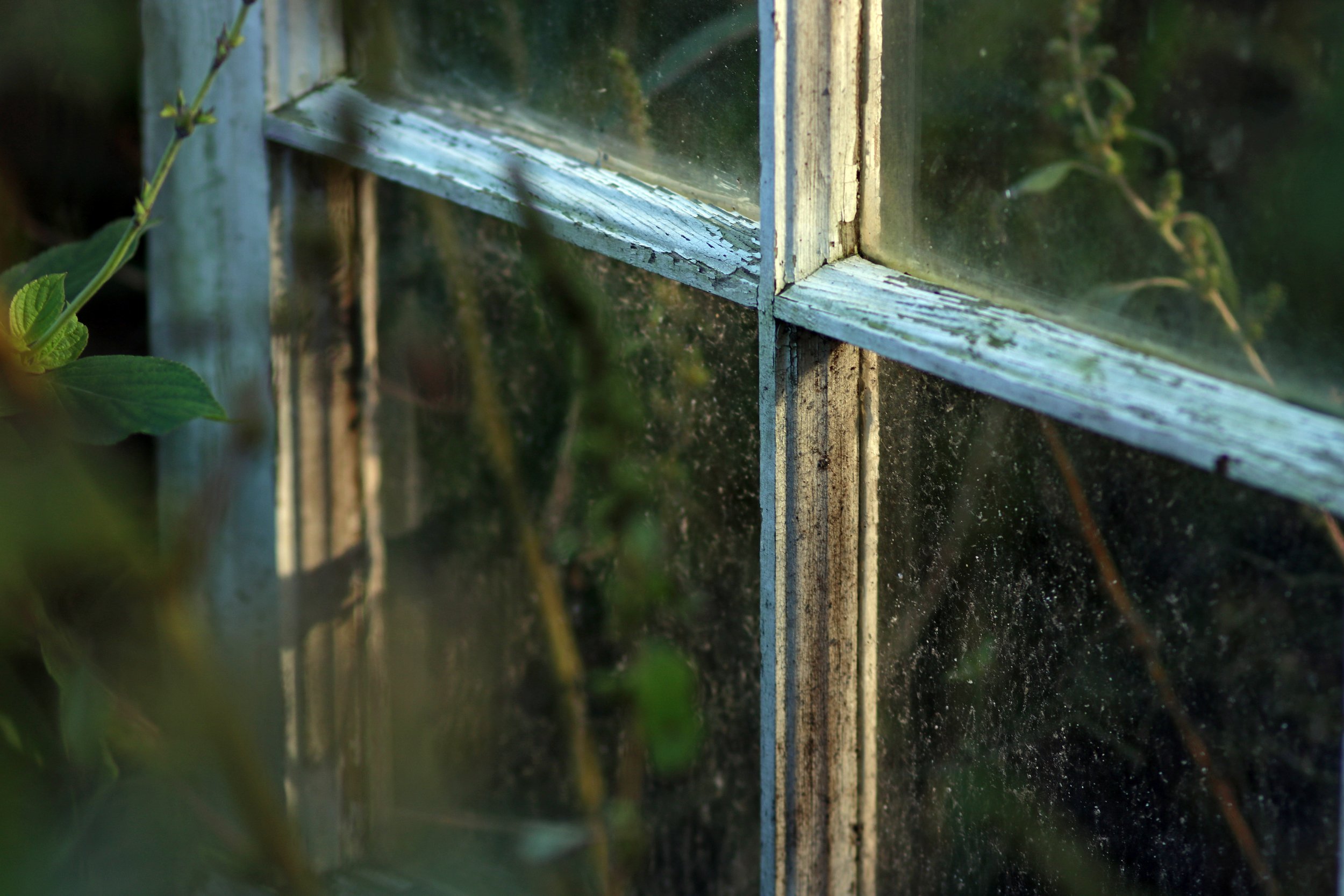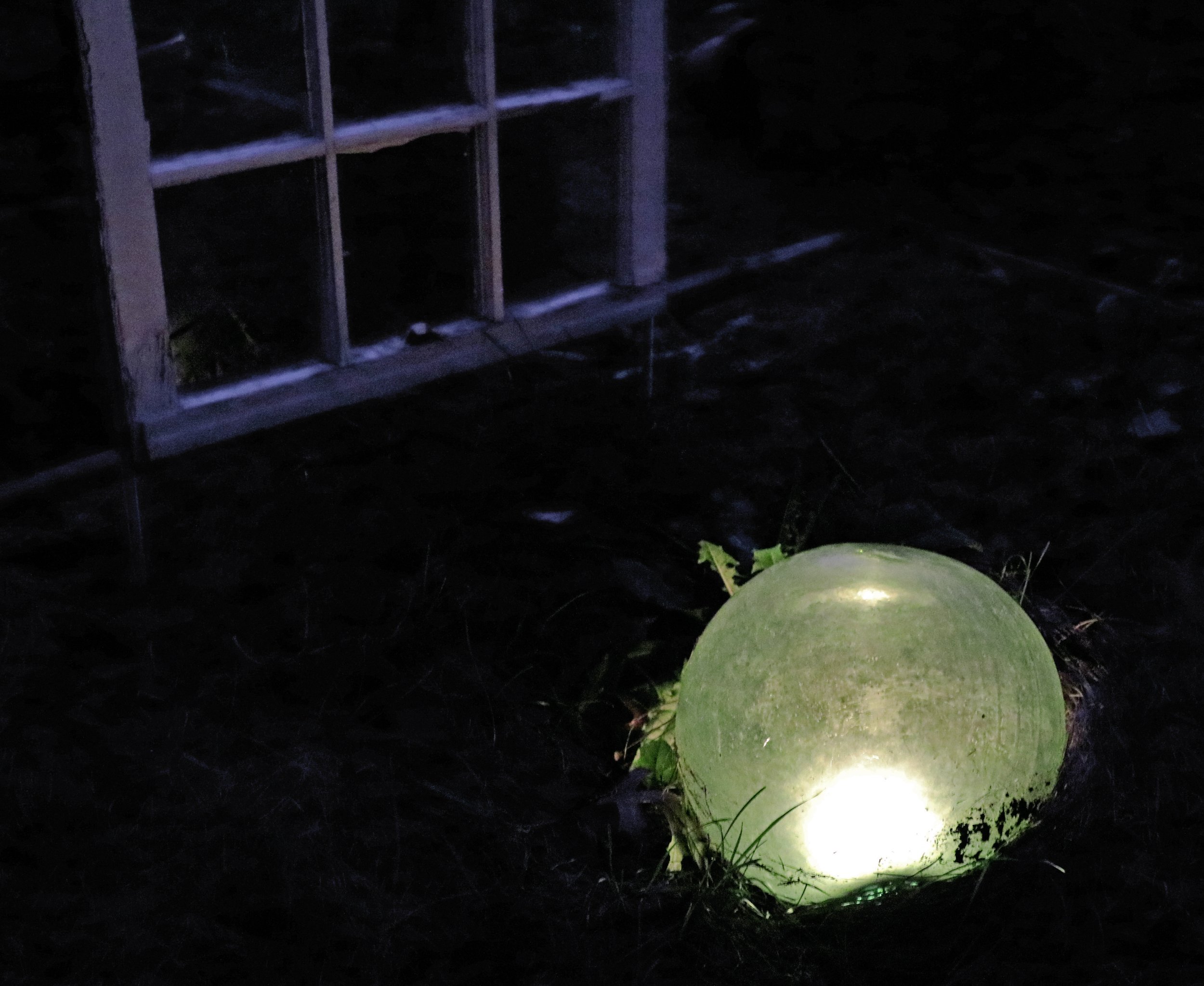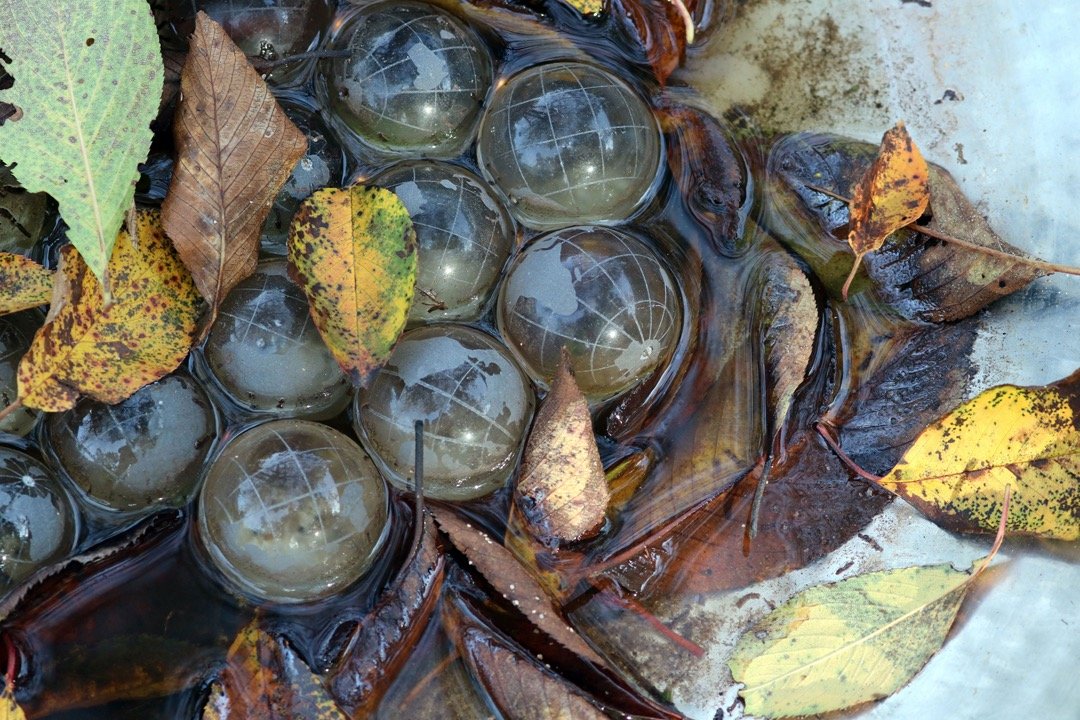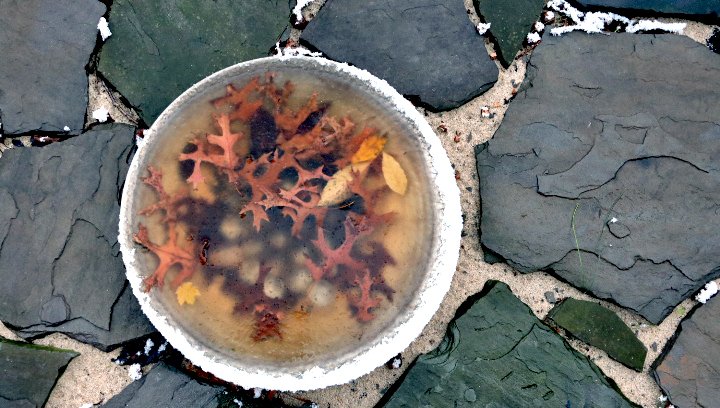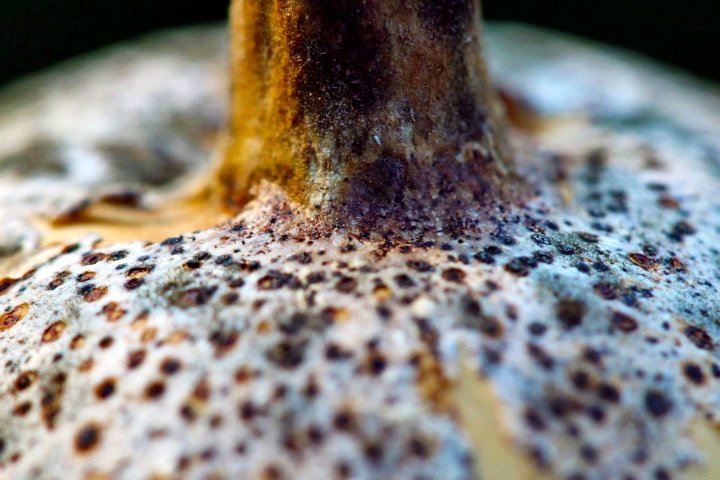Mahicantuck
Mahicantuck is a multimedia presentation in three parts, presented in Berlin during my MFA at the Transart Institute. Working on impulse and with no pre-determined plan, I converted my backyard garden into a “dirt studio” that evolved into a working space for found art assemblages, photography, video, text, and sound.
The project resulted in three multimedia installations, created in summer, winter, and autumn—a framework for reflecting upon the triad of past, present, and future, and a backdrop for various personal preoccupations (mythology, time, extinction, survival, etc.). The process proceeded in layers: building the installation, taking photos and shooting video, writing accompanying texts, and recording sound to accompany the final videos.
Below is an opening prelude, followed by the three final video projects. A sampling of photos documenting the stages of the project follows each of the videos.
Prelude
“The time of the composition is the time of the composition. It has been at times a present thing it has been at times a past thing it has been at times a future thing it has been at times an endeavour at parts or all of these things.” Gertrude Stein, "Composition as Explanation"
"The irreducible plurality of the texture of poems is partially an attempt to occupy all three temporalities at once." Jed Rasula, This Compost
Mahicantuck was the name given to the Hudson River by Algonquin tribes: a river flowing both ways. The ocean tide pushes up the Hudson estuary as far as Troy, NY, almost halfway the length of the river. There it meets the outgoing ebb stream, the origin of which is one source of the river, a tarn, the highest pond in New York state, Lake Tear of the Clouds.
Consider an alternative to the "arrow of time" with its incessant forward flight. Imagine if the tropes of "past" and "future" were a bidirectional river, each current heading toward a single point, pooling into the construct we term "present." Here the past isn't something left behind, nor is the future a state ever about to arrive; both pour in, spilling into the confluence of this continual presence. This whirlpool is the intercept in the Venn diagram pairings of past/future, as well as poetry/science, loss/remembrance, utopia/dystopia.
The arrow of time is as shattering as it is banal. We age; watch one another disappear. Cancers grow and memories disintegrate. Cultures and species vanish at incalculable rates. Something called an anthropocene shows up at the door and refuses to leave. No bigger kick in the ass than time's runaway train, not to mention the hurts we inflict on each other and every species in our path. If it is enlightenment, then consciousness must also be a wrenching melancholia.
Okay train. You won't stop and we can't get off. We get it. But while you're doing your thing we demand a different metaphor. One at the vortex where "was" and "will be" are reconstituted, remixed, and repurposed in the psychotopographies of an open, fluid, presence-saturated realm. Where cave paintings and SF visions, dreamtime and the sixth extinction, aching loss and stupid hope, swirl. Alchemies that take place, here, in this intermediary whirlpool site between depression and euphoria, ebb and flow.
a 1:1 map of itself
In the course of building this first installation, six stations manifested, each with its own microeology: hollow earth, petrified forest, compost house, telescope bridge, harmonial spheres, and erth bath. (Bill McKibben’s Eaarth adds a vowel; I felt subtracting one was better suited to present conditions.) A box containing lenses, wishbones, cicada husks, and photo negatives was buried in the ground beneath the compost house, with sampled pieces from the other stations mixed with the compost itself. After the construction I wrote an accompanying script, a mythopoetic narrative full of sampled quotations—a fictocritical tour of key influences. (See “text” below.) The site was dismantled in the fall to make way for a second installation. Photos documenting the site are below.
aeolian harps
"The language of birds is very ancient, and like other ancient modes of speech, very elliptical; little is said, but much is meant and understood." -- Gilbert White, qtd. by Susan Howe, The Quarry
“aeolian harps” is the second in the mahicantuck triptych. It was built and documented in the winter. Materials include sieves, nets, screens, cootie catchers, traps, and a white “hammock harp” with holes burned into the fabric.
The mockingbird is a master sampler, offering a seemingly endless mashup of birdsong. Not all of his quotes are identifiable; some speculate parts of his repertoire have been carried down from extinct songbirds. The recording that accompanies this 2nd video are a string of mockingbird quotes recording during the first installation, then slowed down to haunting effect.
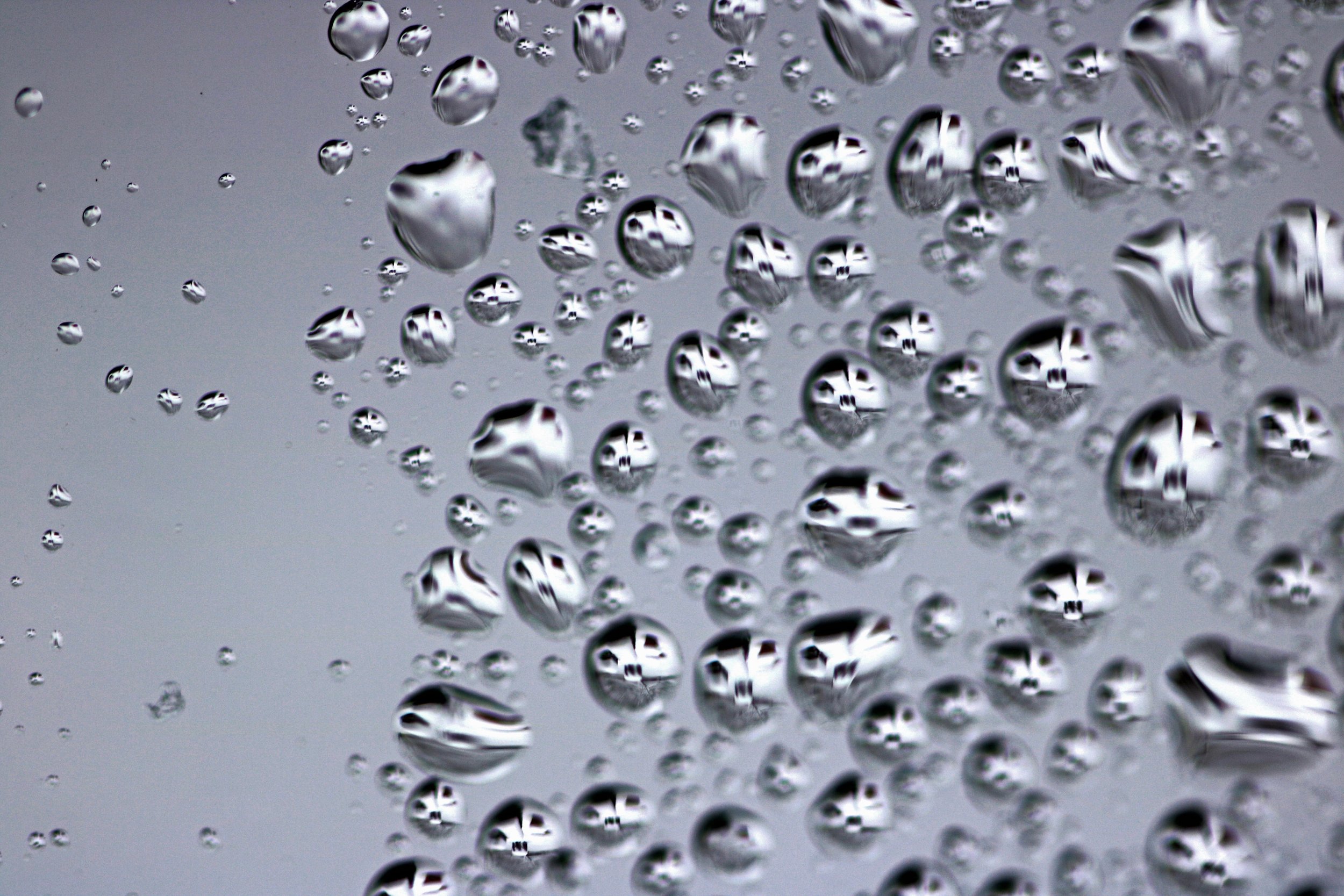


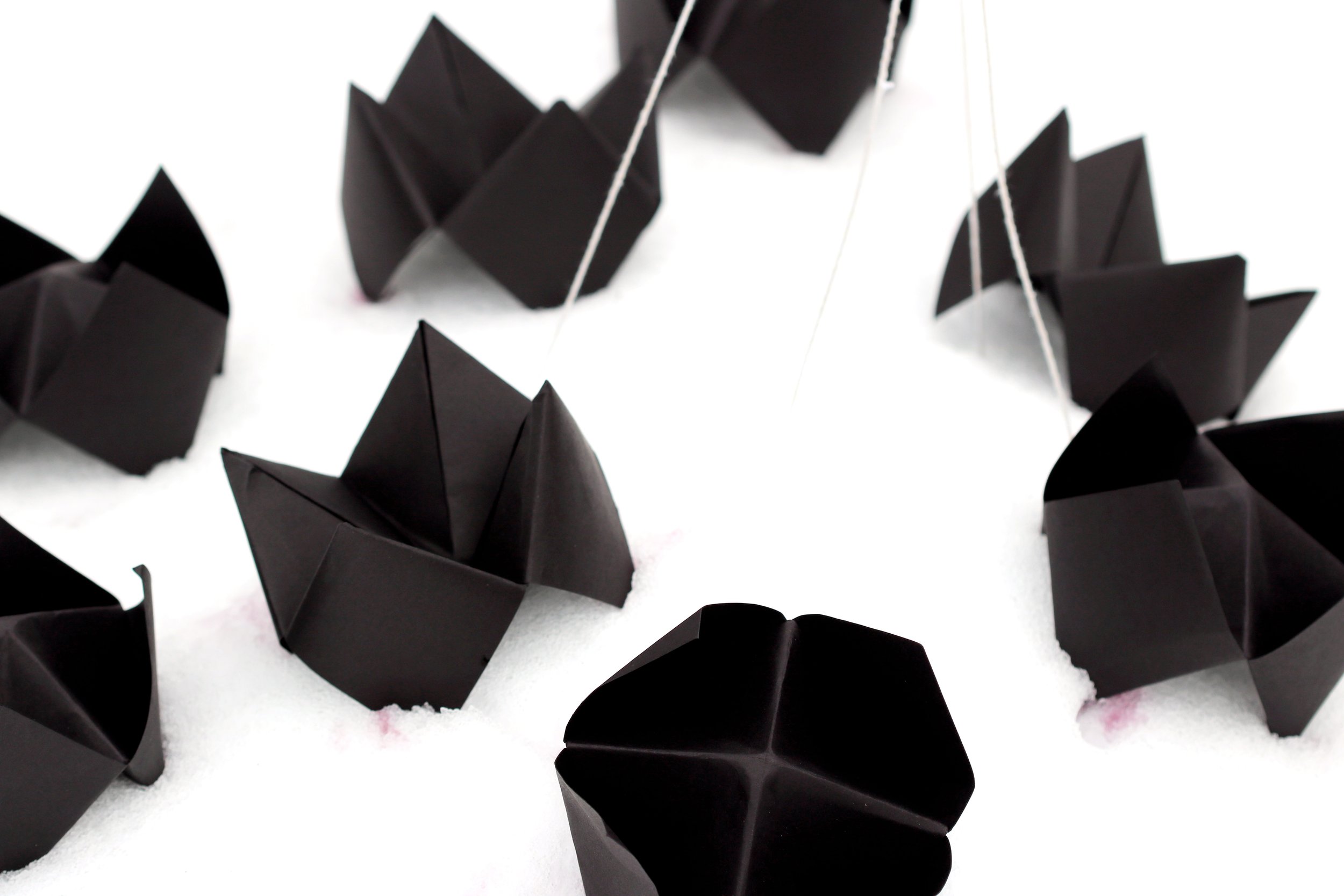








aerograms from the by&by
“There are far more sophisticated ways to slide the time scale into overlapping frames. [Masanobu] Fukuoka deals with time stacking. What we observe in Nature is a set of successional elements….What Fukuoka did was to lift these years and set them on top of each other. He didn’t have to fallow, because he never removed the main part of the crop from the soil. He stacked his legumes with his grains, with his ducks, and with his frogs….He started the next crop before the last crop was finished. Besides pushing sequences on top of each other, he also pushed sequences into each other.”
—Transcript of a Permaculture Design Course by B. Mollison (1.0-4).
The first of the three videos, a 1:1 map of itself, uses various mythopoetic tropes to explore ways in which past and present are intertwined. The second video, aeolian harps, reflects upon the presence of loss within the present. aerograms from the by&by, the last of the three videos, is preoccupied with both eutopian and dystopian imaginings of a future. The reference to “time stacking” in the epigraph on permaculture design seems to me a more attractive metaphor than the whole “arrow of time” business.
The poem I recite in this video is a mash-up of short passages drawn from dystopian novels as well as resources on permaculture design.










